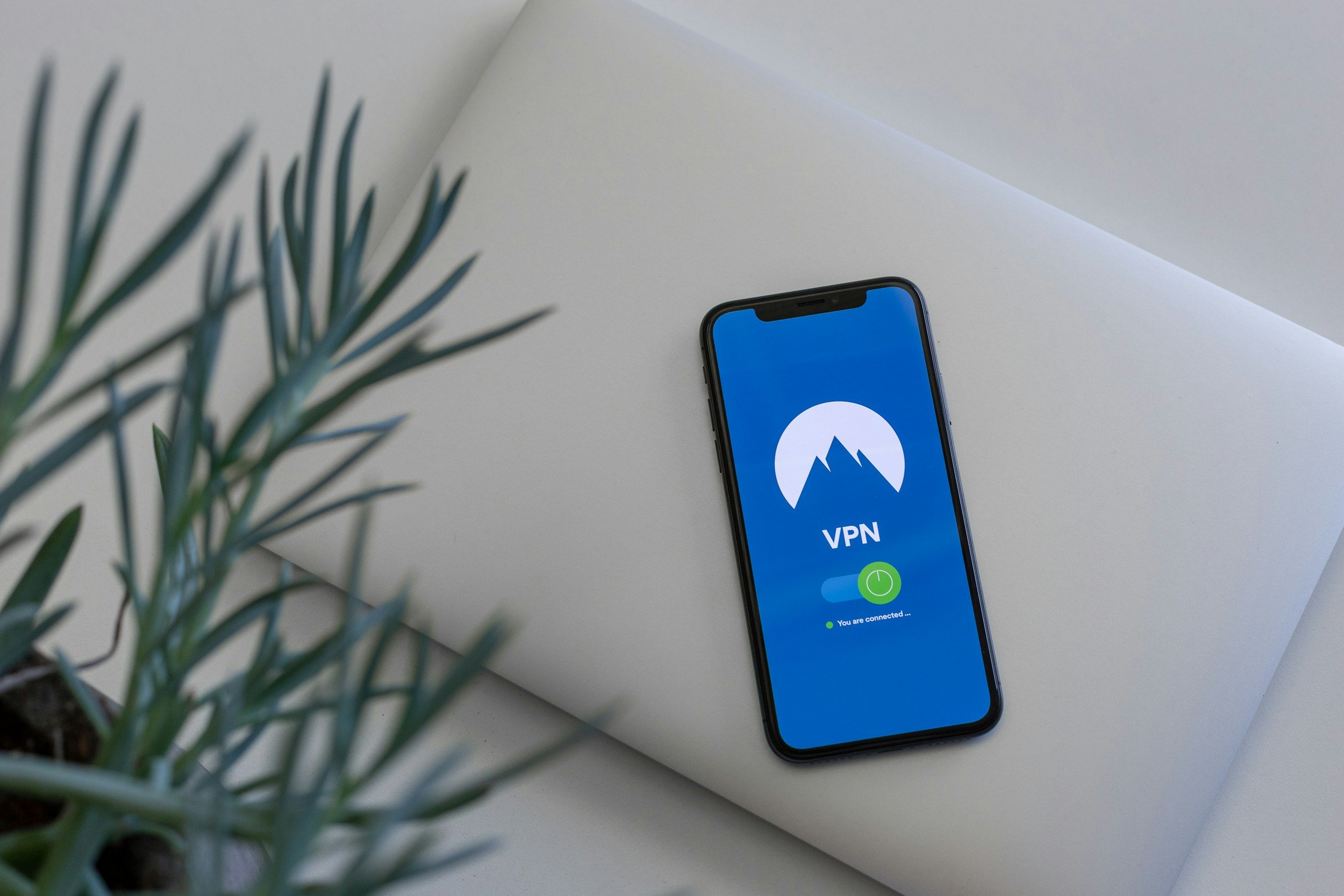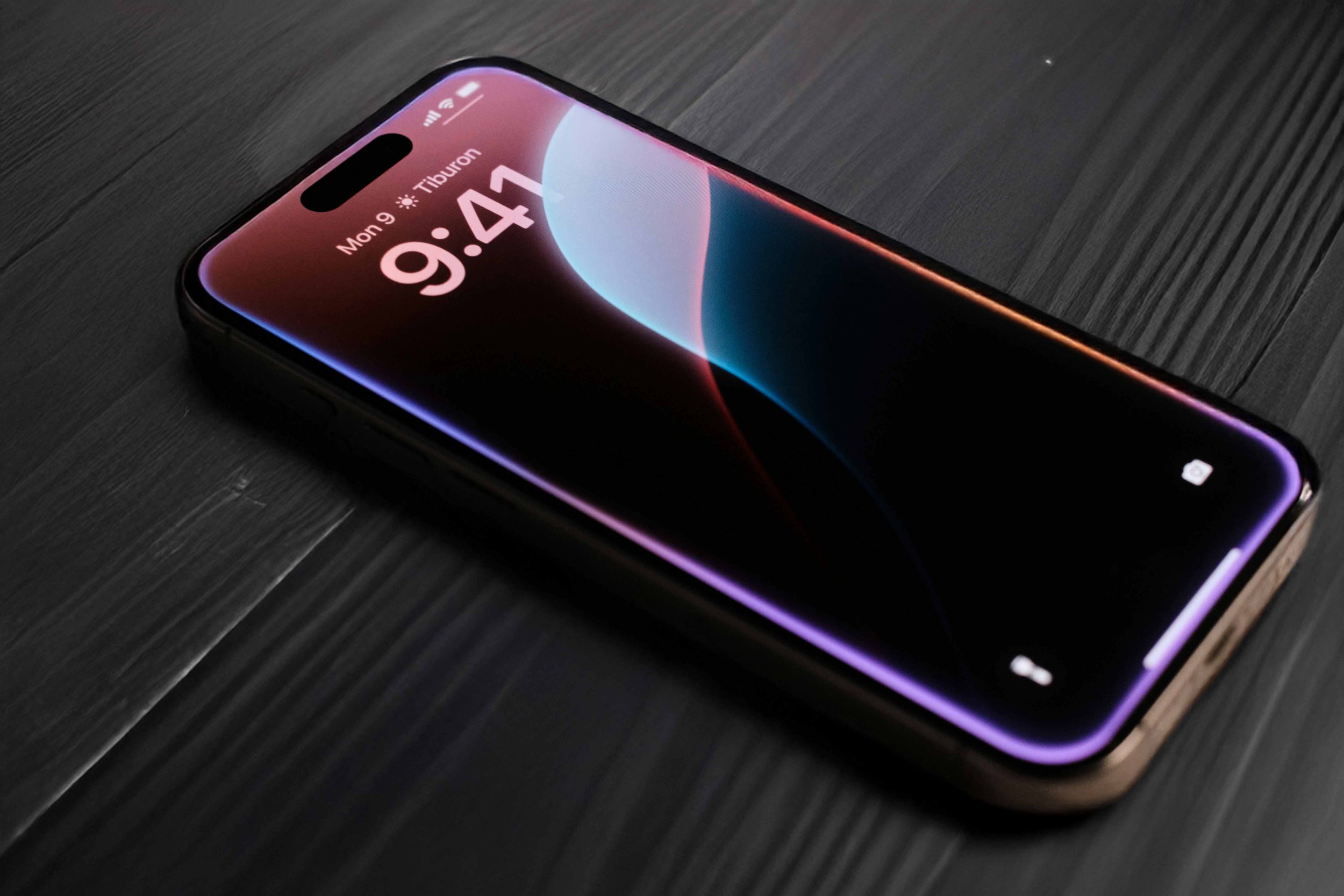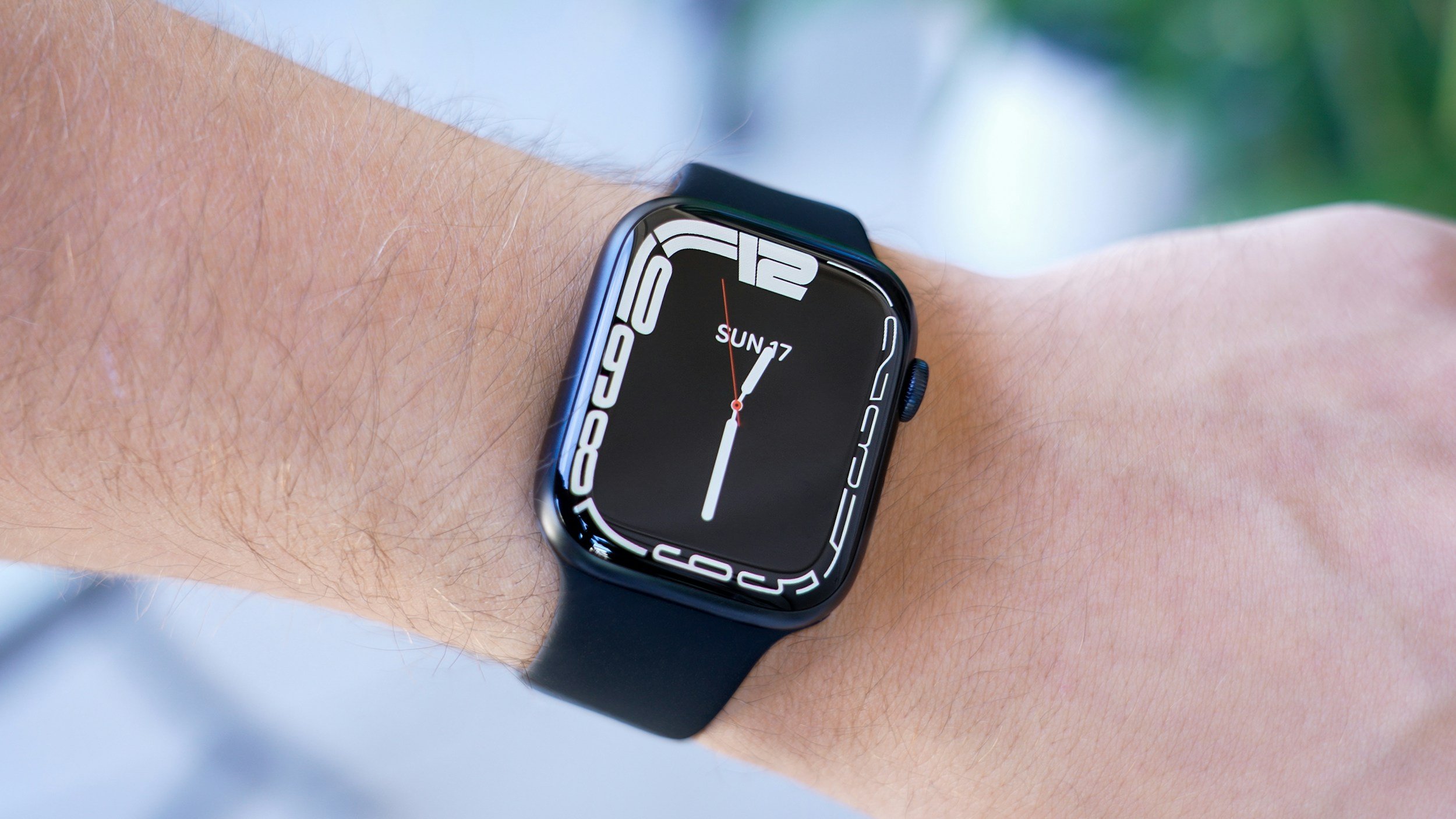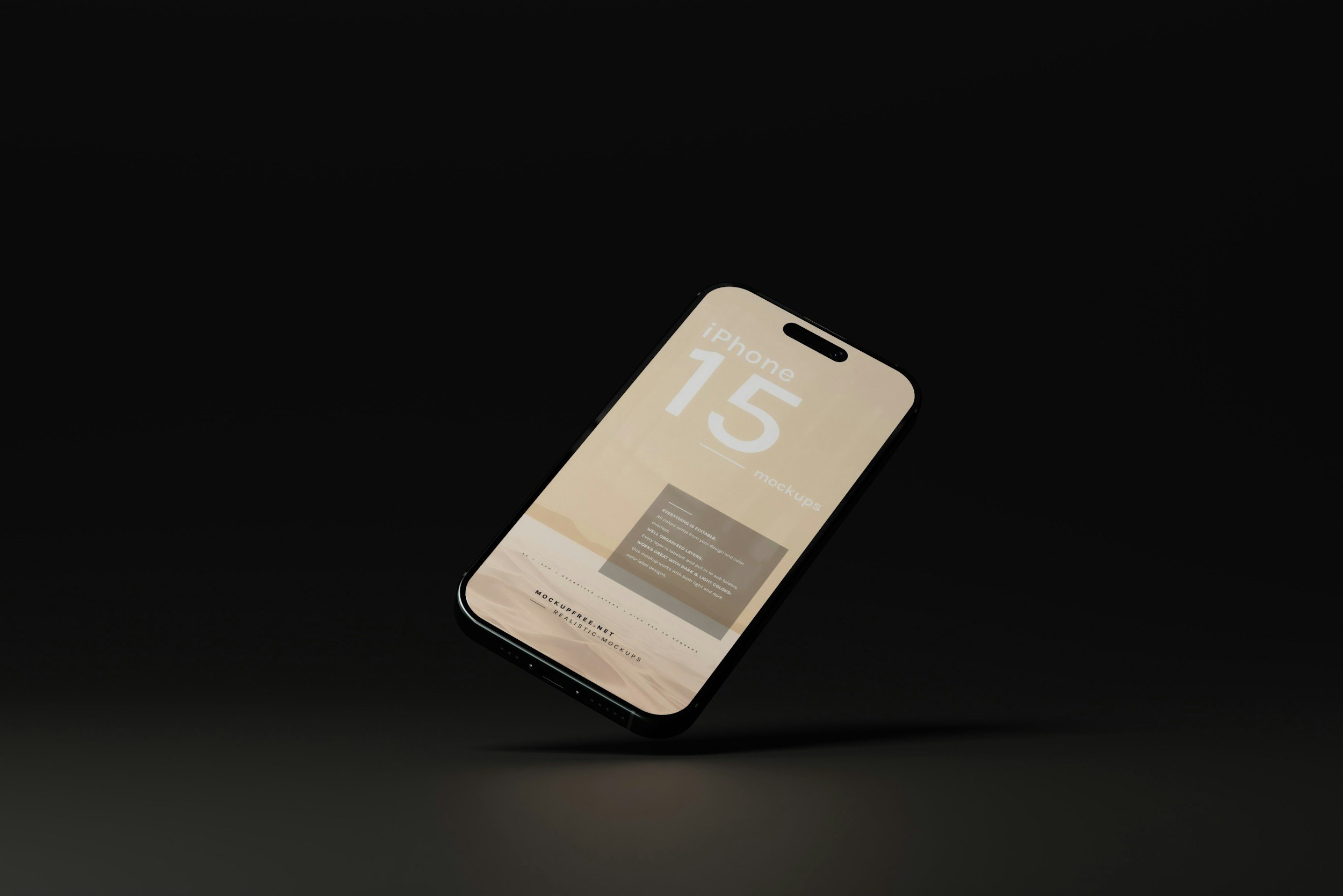Does the iPhone X Have eSIM? – What You Need to Know
When you purchase through links on my site, I may earn an affiliate commission. Here’s how it works.
Table of Contents Show
If you're reading this, you're probably wondering if you can ditch that old plastic SIM card and jump on the eSIM bandwagon with your trusty iPhone X. Well, let's cut to the chase: the iPhone X does not support eSIM. Sorry to be the bearer of bad news.
But don't click away just yet! While the iPhone X is a little long in the tooth when it comes to this newfangled tech, there's still plenty to talk about. eSIM is a game-changer, and it's totally worth understanding what it's all about – even if your current phone isn't supporting it.
In this post, we'll break down exactly what eSIM is, why the iPhone X doesn't have it, and one workaround you can use to get similar benefits. We'll also explore some of the newer iPhones that do play nice with eSIM, in case you're considering an upgrade.
What Is eSIM?
Essentially, an eSIM, or embedded SIM, is a tiny chip that's soldered directly onto your phone's motherboard.
It does everything a traditional SIM card does – authenticating your identity with your carrier, connecting you to their network, and so on – but without the need for a physical card that you can pop in and out.
Think of it like this: remember when phones used to have removable batteries? eSIM is kinda like that, but for your cellular connection.
Instead of swapping out a physical card, you're essentially reprogramming the chip that's already inside your phone. You can download carrier profiles directly from your provider, which is pretty darn convenient.
What Are the Advantages of Using eSIM?
This brings us to the main advantages of eSIM. First off, it's a traveler's dream. Instead of hunting down a local SIM card when you land in a foreign country, you can just download a plan from a supported carrier right to your phone. It's a major time-saver and hassle-eliminator.
Second, eSIM allows you to have multiple plans on a single device. This can be great for separating work and personal lines, or for having different plans for different regions if you travel frequently. It's like having multiple phones in one, without the extra bulk.
Finally, the absence of a physical card to swap out is just plain convenient. You don't have to worry about losing or damaging a tiny SIM card, or needing a special tool to eject it from your phone. It's one less thing to worry about in your tech-filled life.
Now, I know what some of you are thinking: "This all sounds great, but what does it have to do with my iPhone X?" Well, as we discussed earlier, the iPhone X unfortunately doesn't support eSIM.
But understanding this technology is still crucial, as it helps explain why newer iPhones have embraced eSIM and why it might be worth considering an upgrade if eSIM is something you're keen on using.
Why the iPhone X Doesn't Support eSIM
Well, it all boils down to timing and hardware. The iPhone X was released in 2017, and at that time, Apple hadn't yet fully embraced eSIM technology. It wasn't until the following year, with the iPhone XS, XS Max, and XR, that Apple officially integrated eSIM into its lineup.
But timing is only part of the story. Under the hood, the iPhone X simply lacks the necessary hardware to support eSIM functionality. eSIM requires a dedicated chip that can securely store and manage your carrier profile.
The X's internal components weren't designed with this in mind, so even a software update wouldn't magically add eSIM support.
Think of it like trying to play the latest, most graphically intense video game on an older computer – even with the right software, the hardware simply isn't capable of handling it.
Now, I know this might be disappointing for some of you. The iPhone X is still a fantastic phone in many ways, but the lack of eSIM is a limitation you'll have to live with if you choose to stick with it.
Travel SIM Cards – An Alternative for iPhone X Users
Alright, so we've established that the iPhone X doesn't play nice with eSIM. However, if you're mainly interested in using a different plan while traveling abroad, travel SIM cards are an option worth considering.
These are prepaid SIM cards that you can buy before your trip or even at the airport. They often offer affordable data and calling rates, and they can be a lifesaver if you don't want to rack up roaming charges on your primary plan.
However, there are some tradeoffs. Unlike eSIMs, which you can activate instantly, travel SIMs require you to physically swap out your existing card. This can be a hassle, especially if you need to switch back and forth between your regular SIM and the travel SIM.
Plus, not all travel SIMs work in every country, so you'll need to do some research to find one that covers your destination.
Which iPhone Models Support eSIM?
So we've covered one workaround for getting some eSIM-like functionality on your iPhone X, but if you're really hankering for the full eSIM experience, the truth is you'll need to consider upgrading to a newer iPhone model.
So, Which iPhones Actually Support eSIM?
Well, the good news is that Apple has widely adopted eSIM since the iPhone X's release. Starting with the iPhone XS and XS Max (released in 2018) and the iPhone XR, all subsequent models support eSIM. This includes the entire iPhone 11, 12, 13, 14, and of course, the latest iPhone 15 lineups.
But What Should You Consider if You're Thinking About Upgrading?
It's not just about the eSIM, right? It's about the whole package. Of course, cost is a major factor. Newer iPhones generally come with a higher price tag, so you'll need to figure out what fits your budget. But beyond the initial cost, think about the features you're getting.
Newer iPhones pack a ton of upgrades compared to the X, from faster processors and better cameras to improved battery life and even things like MagSafe charging. So, it's not just about the eSIM – it's about whether those additional features and the overall experience justify the cost.
To help you out, let's do a quick comparison of a few eSIM-compatible models.
iPhone XS or XR: These are the oldest eSIM-compatible iPhones, so they might be more budget-friendly. They still have great cameras and performance, but they might not have all the latest bells and whistles.
iPhone 12 or 13: These models offer a significant performance jump over the XS and XR, along with some nice camera upgrades. They're still fairly new, so they'll be supported with software updates for years to come.
iPhone 14 or 15: These are the newest kids on the block, boasting the absolute latest features and performance. But, they also come with the highest price tags.
Ultimately, the best choice for you will depend on your budget, your needs, and what you value most in a smartphone.
Of course, upgrading isn't the only solution. If you're happy with your iPhone X and its capabilities, the travel SIM option we discussed earlier might be perfectly adequate. The choice is yours.
But, if you're really keen on jumping on the eSIM train, upgrading to a newer iPhone is the only way to fully unlock its potential.
Wrapping Up
Alright guys, so there you have it. The iPhone X, as revolutionary as it was back in the day, simply doesn't have the hardware chops to support eSIM. But hey, that doesn't mean you're completely out of luck.
Whether you're rocking a travel SIM, or considering an upgrade to a newer iPhone, there are still some ways to get that multi-line flexibility or stay connected while traveling.
Now, I'm curious to hear from you. What are your thoughts on eSIM? Have you made the switch already, or are you still sticking with traditional SIM cards? Drop a comment below and let me know!
And while you're at it, if you have any other questions about iPhone compatibility, eSIM technology, or just tech in general, don't hesitate to ask. I always love hearing from you guys.
If you want to stay up-to-date on all the latest tech news, reviews, and tips, make sure to subscribe to my newsletter. I've got a lot of exciting content coming your way, and you won't want to miss it.
Thank you very much for reading, and I'll see you around.
FAQ
-
Nope, unfortunately not. The iPhone X lacks the necessary hardware for eSIM, so even the latest iOS update won't enable it.
-
Travel SIM cards are a popular option. They're prepaid SIMs with affordable rates for data and calls in specific countries or regions. Just be aware that you'll need to physically swap out your regular SIM card.
-
Most major carriers worldwide now support eSIM. It's best to check with your specific carrier to confirm their eSIM plans and compatibility.
-
The iPhone XS and iPhone XR are the oldest models with eSIM capabilities, making them potentially more budget-friendly than newer versions.
-
Besides the convenience of eSIM, newer iPhones offer a host of other advantages, such as faster processors, better cameras, improved battery life, and features like MagSafe charging.
MOST POPULAR
LATEST ARTICLES




























